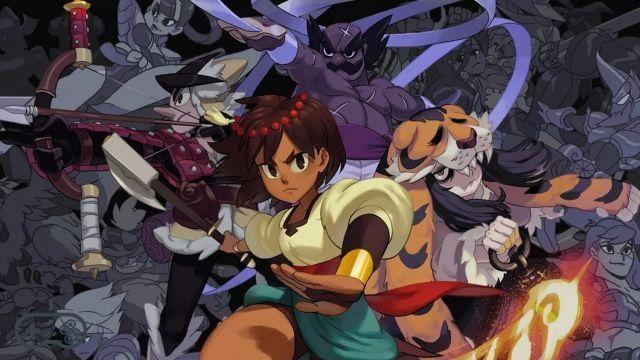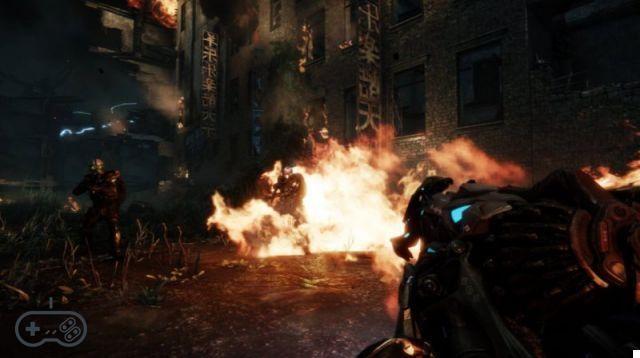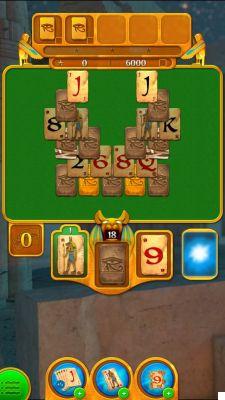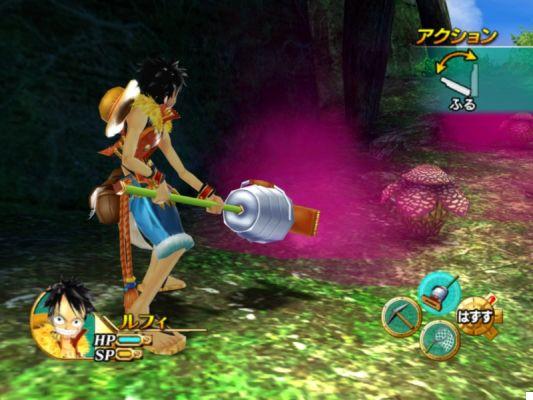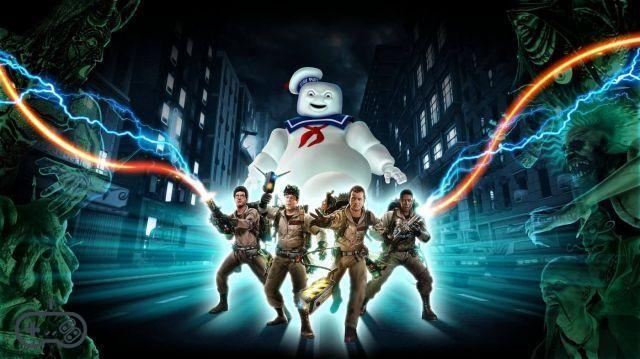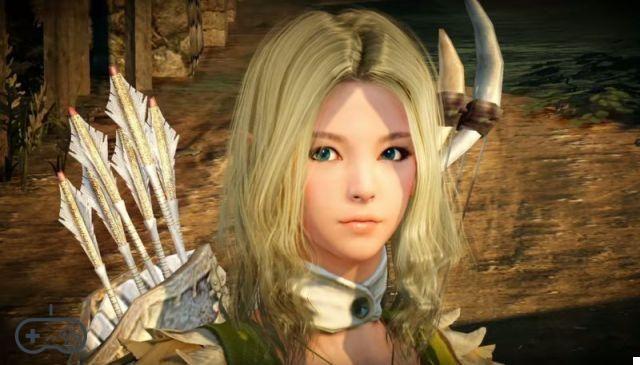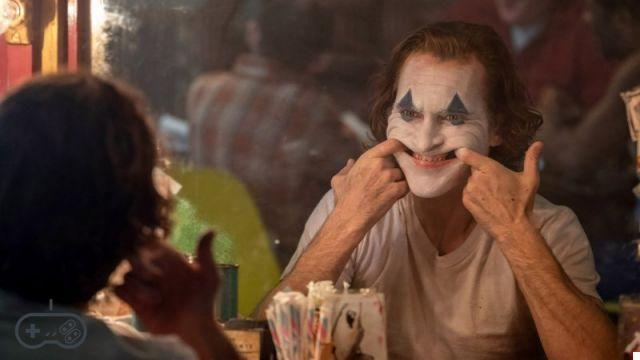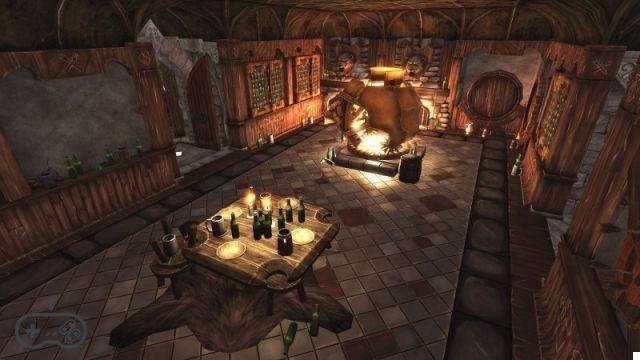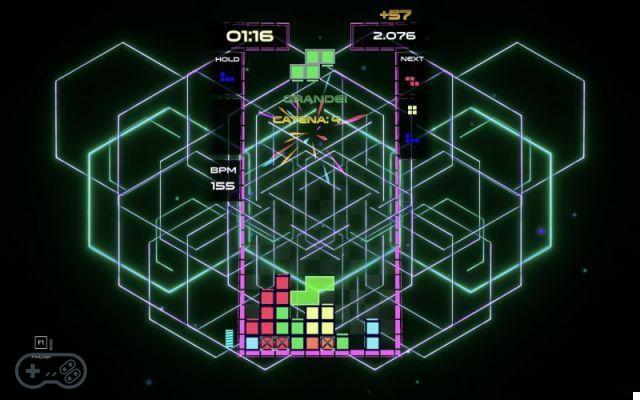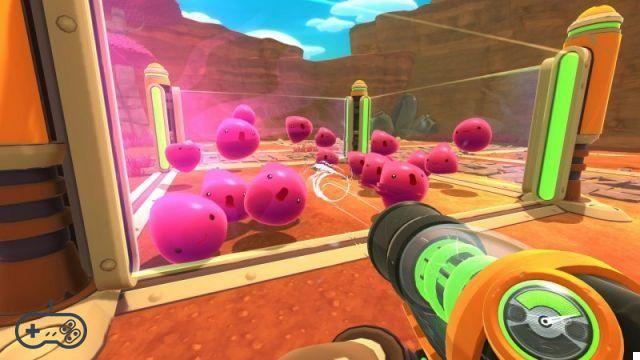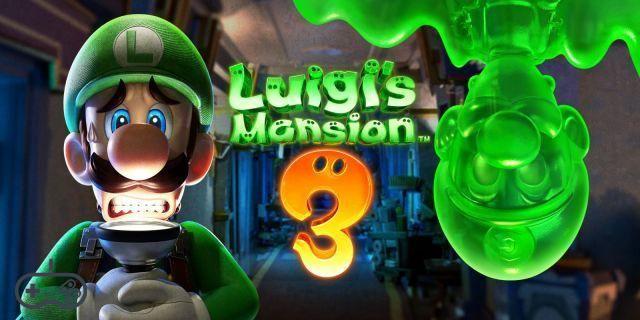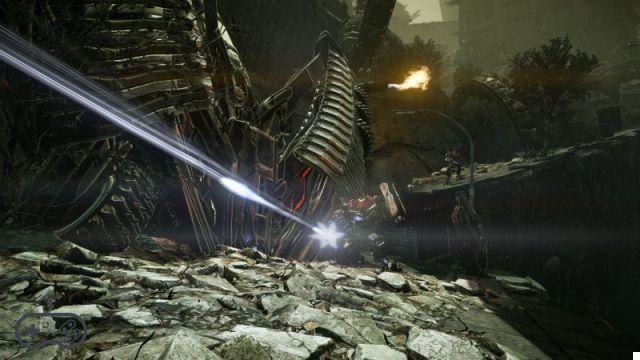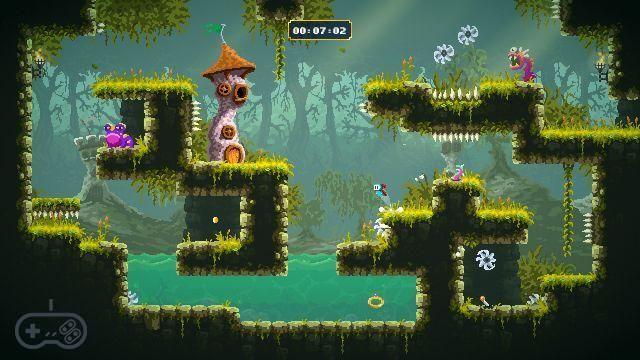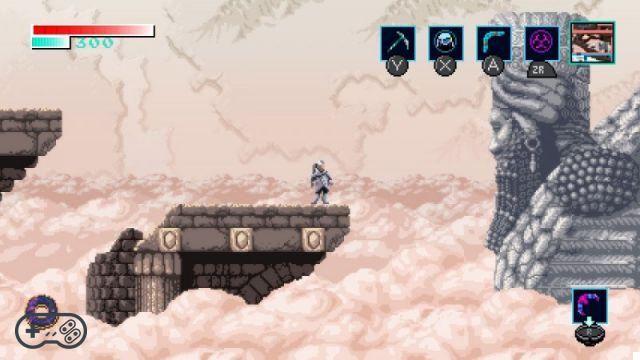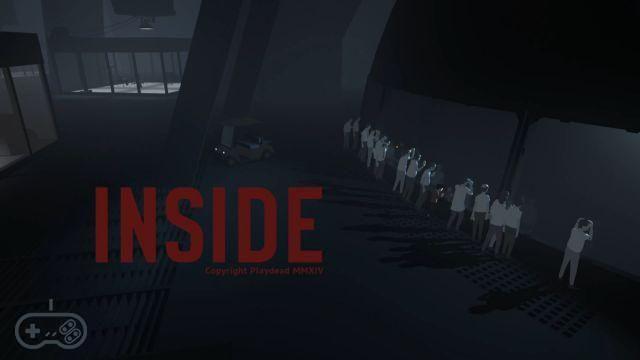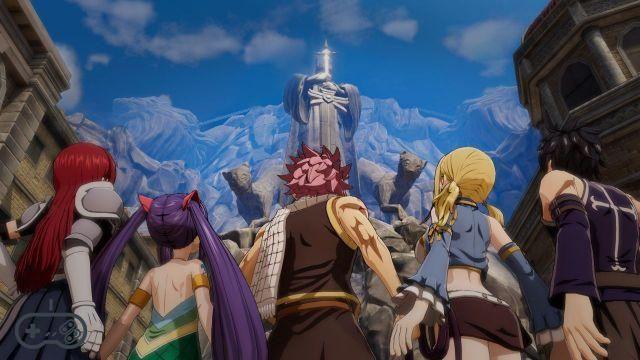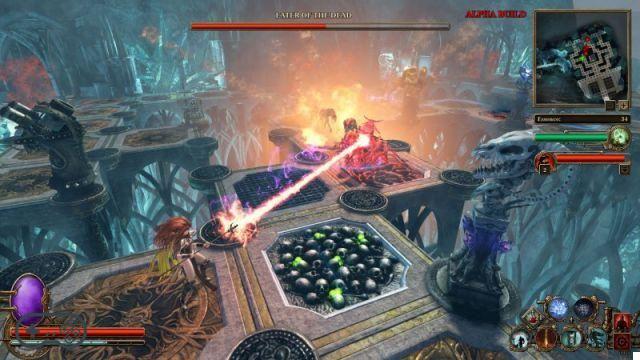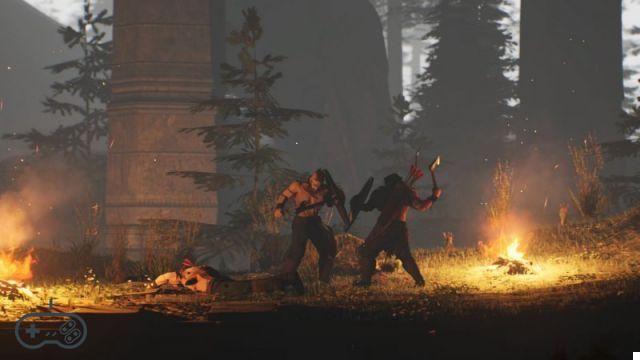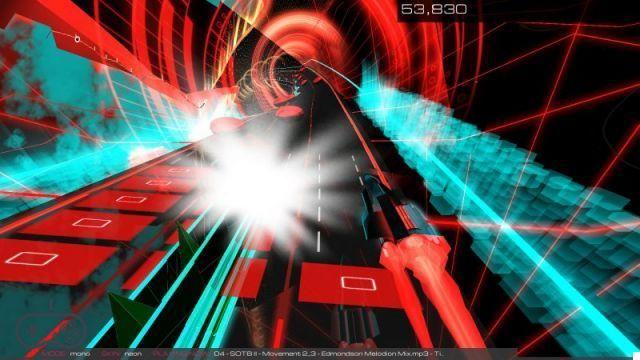Let's start the Dragon Ball Z: Kakarot review anticipating that it is not the first time that Dragon Ball becomes an RPG: an unusual perspective for a series focused on fighting and action, but also a road already trodden in the past with mixed results. It would have been useless to go back to fighting games with the recent Dragon Ball FighterZ which is still very successful, and so the developer CyberConnect2, who had already distinguished himself in the past for passionate video game adaptations of Naruto, had the difficult task of transforming the Akira Toriyama series into a modern RPG with open world, action combat and cutting-edge graphics. The code of Dragon Ball Z: Kakarot has arrived practically close to the release, so in these days we have talked about it a lot while we were playing it, anticipating what we liked and what we did not in the first twenty hours of a very long adventure that retraces the anime Dragon Ball Z from start to finish, but now it's time to draw conclusions in our review.
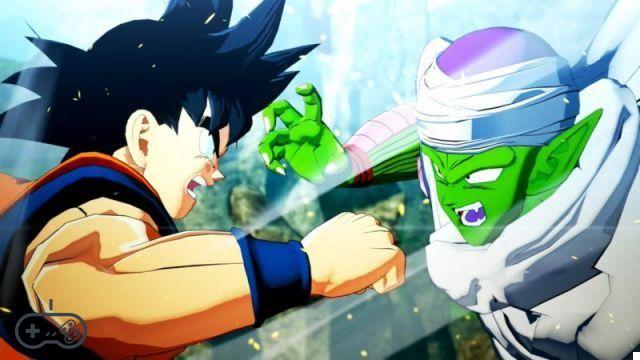
All the Z series
First of all, it must be understood that Dragon Ball Z: Kakarot was thought from the beginning as a counterpoint to the two Dragon Ball Xenoverse of a few years ago. While sharing some aspects of the gameplay, the two titles are very different especially on the narrative front. Instead of fantasizing about alternative timelines and stories that never happened, CyberConnect2 had to retrace the plot of Dragon Ball Z to please fans and maybe even make it known to those who have never read Akira Toriyama's manga or have never seen the eight thousand reruns of the animated series. It is clear that we are talking about a mythological being that probably does not exist, but otherwise Dragon Ball Z: Kakarot does a great job, following the vicissitudes of Goku and his companions since the arrival of the Saiyan on Earth to the battle with Majin Buu: the story is told through dialogues and cinematics which, in most cases, faithfully follow what was seen and heard on TV. You can choose between the English and Japanese dubbing but, needless to say, the latter is much better, while the soundtrack features the original music and multiple arrangements.
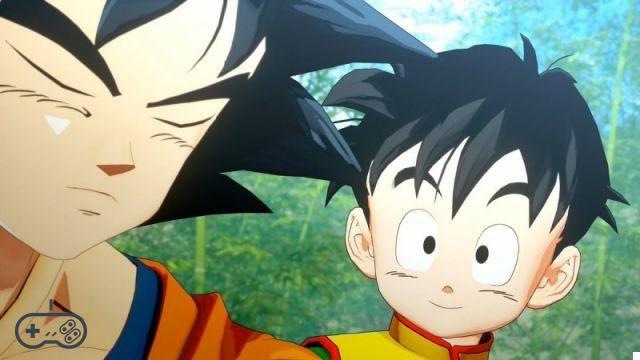
Thanks to the virtuosity of Unreal Engine 4 and cel shading, CyberConnect2 has managed to redesign the most iconic scenes of the animated series with a style very faithful to that of Akira Toriyama and an effects in step with the times that embellish what, basically, is a production with thirty years on its shoulders. The cutscenes with the windowed dialogue are a little less curated, the animations more rigid, and they do bad publicity with a much better visual impact for the vast majority of the time. The polygonal models are cared for, full of details and animated very well especially during the fights, with small goodies such as the residual images left by the characters who, when enhanced, move at superhuman speeds. Dragon Ball Z: Kakarot is, in short, really nice to see, net of a few tiny ones slowdown which occurs mostly during automatic saves or at the beginning of some battles. The price to pay concerns the game world, which is a story in itself and embraces a broader discourse.
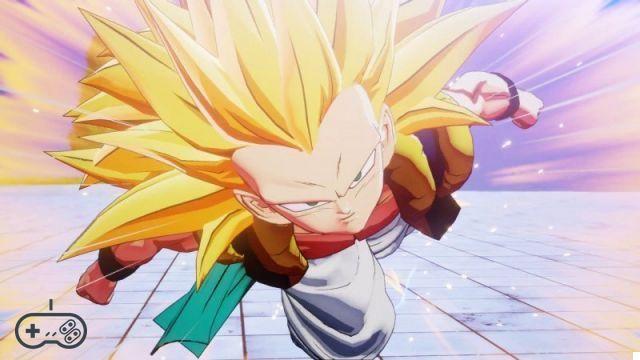
The game world of Toriyama
We have never had the opportunity to freely explore the world of Akira Toriyama before, also because the same mangaka has shown it to us in bits and pieces in the course of his comic works. Dragon Ball Z: Kakarot brings together in one openworld all the author's ideas, identifying on the map of the planet iconic locations such as West City, the archipelago in which the Kame House, the woods above which Korin's tower stands - yes, we know it should be Karin, but for some reason in the game it's called that - and God's sanctuary, and so on. Dragon Ball fans will instantly recognize the locations where the most famous moments in history took place, often marked with postcards reminding them with a scene from the anime and which fit into an endless list of collectable to find and collect. CyberConnect2 drew on Toriyama's imagery, under his careful supervision, to finally reproduce a cohesive and detailed world, albeit less interactive than we would have liked. It is not an open world in all respects: you can move from one region to another, if contiguous, but in most cases you will have to access the various areas from the world map.
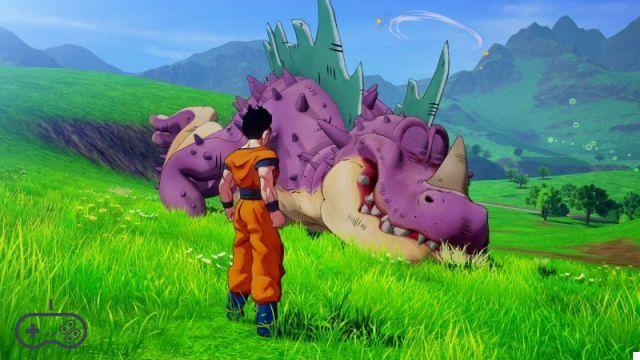
From the beginning you will find yourself fluttering freely around the world, diving into rivers and lakes, breaking down the rocky ledges that will have the misfortune to bar your way while you collect the Z spheres scattered everywhere, the D medals hidden by the dozen in each area, minerals and fruit. You can fish at the appropriate piers with a simple minigame, go hunting for game and dinosaurs, even participate in hovercraft competitions once you have unlocked Goku's license between the Freeza and Cell saga. There are so many things to do and to do. see, but the world, however colorful and detailed, always gives the idea of being there and not being there at the same time: it is a gigantic sandbox area that mostly serves to prolong the experience with hidden collectibles and materials to be collected to enhance the characters and unlock new content. And yet it has a certain charm, it is explored that it is a pleasure and fills the heart with nostalgia at the sight of panoramas that, together with the original soundtrack, remind us of the episodes seen on TV or the volumes browsed with greed when we did not yet know each one by heart. single line in each saga. Wanting to make a comparison between third-person RPGs, the open world of Dragon Ball Z: Kakarot is conceptually closer to that of Assassin's Creed Odyssey than to that of The Witcher 3.
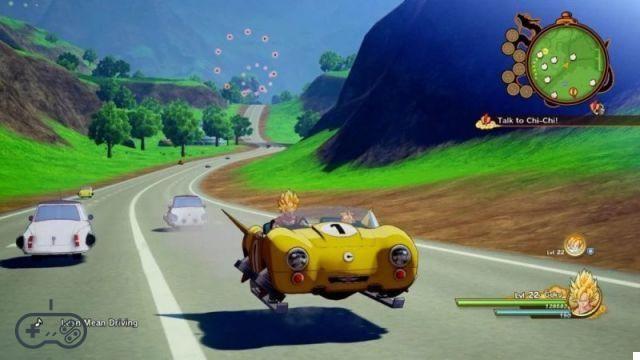
The secondary stories
Toriyama's touch in Dragon Ball Z: Kakarot is also felt in the Secondary stories that occasionally crop up on the world map. Marked with blue exclamation points, these optional missions are temporary and disappear if you go too far with the main campaign. Most of them revolve around old acquaintances that Dragon Ball fans will surely remember, enriching the narrative with the vicissitudes of these characters. We may find ourselves looking for materials to repair the cute android Otto or find out who the double of is Yamcha who is a womanizer around the city while the real one trains in the afterlife with King Kaioh. These Side Stories add little to the campaign, but they are nice curtains that reward the player with experience points, Z Orbs, recipes or Emblems. The problem is that the structure of these missions, which by the way are not dubbed and being devoid of kinematics suggest a less accurate addition than the rest, is really very similar. You will often have to defeat some enemies or collect objects around the world for the NPC on duty, without too much sophistication.
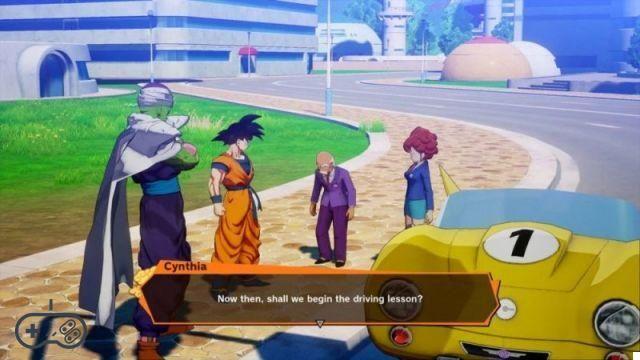
Solving the secondary stories, however, becomes a moral obligation for the player who wants to strip the nice system of the Community. Divided into various categories such as combat, cooking, exploration and so on, the Communities are chessboards on which to place the Emblems obtained, in fact, also and above all thanks to the secondary Stories. These medallions depict the various characters of the saga and enhance the effectiveness of a community, especially when placed together with other characters with whom they have established a bond. The player must then find the combination of Emblems right for each community in order to unlock as many bonuses as possible, providing to enhance the same Emblems with the right gifts to improve their effectiveness. Not all Side Stories unlock Emblems, and fortunately the game shows us the rewards in advance, but some of these missions are received only by completing others: they represent a substantial increase in the longevity of the game and although they are rather repetitive, the fun dialogues and some unexpected appearance make them more pleasant than expected.
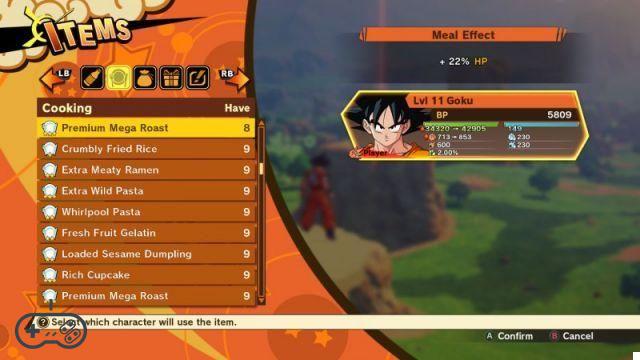
Fight like Kakarot
In light of what has been written so far, it should be clear that Dragon Ball Z: Kakarot is not a fighting game. It's easy to mistake it for a revised and corrected version of Dragon Ball Xenoverse, when in reality it wants to be something more especially as an RPG. Plus a action game with RPG elements that on the contrary, the CyberConnect2 title seeks and achieves a delicate balance between the two natures that make it particularly accessible to the fan who, quite simply, wants to relive the story of Dragon Ball Z in a video game. It is in this perspective that it should be evaluated and that is why the combat system has pleasantly surprised us. Of course, it is not particularly innovative: we have already played several Dragon Ball Z in which we have direct control of the character in a three-dimensional space, but of all Kakarot is the one that responds best to a control system intuitive that guarantees the player everything he needs to replicate the spectacular dynamism of the battles seen in the anime. The base is in fact very simple: with a button you attack in melee, with one you shoot the bursts of energy, with another you dodge and another allows you to parry.
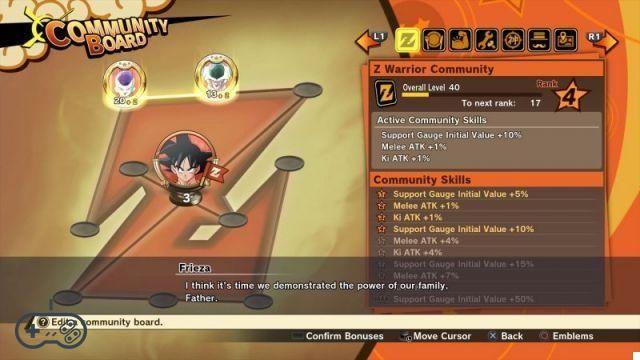
Then there are the combinations of commands that give access to a whole series of more complex maneuvers. These include dodges that briefly slow down time when performed at the right time, teleported counterattacks, defensive smashing strikes, stun attacks, combos, and special techniques that the player can learn, upgrade and assign to specific shortcuts.
Each maneuver or special technique consumes thehate, which we can recharge at any time by pressing and holding a button like in many other Dragon Ball-inspired video games. Kakarot can be learned in a few minutes and at first it may seem too easy, but the minor enemies that we will encounter while traveling around the world are almost always annoying cannon fodder. Bosses are much more challenging and require a bit of RPG preparation. Better to have Chichi cook a dish that increases our stats temporarily, and never forget to spend it Spheres Z accumulated to upgrade special techniques, learn new ones or unlock passive bonuses that help us deal or take more damage.
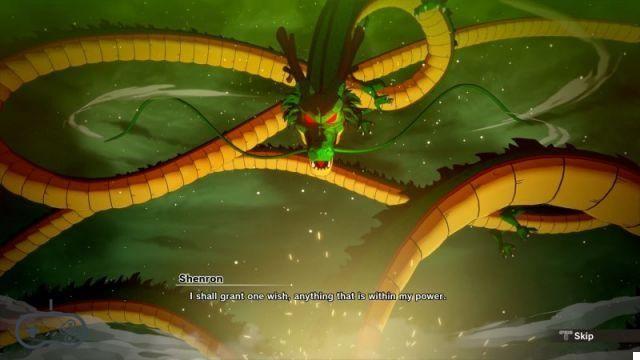
The clashes, especially those against the bosses, are a show of colors and special effects that chase each other on the screen at great speed between explosions, energy waves and lightning-fast combos. The camera struggles to follow the action and unfortunately it happens that it gets stuck in awkward positions, taking more seconds than it should to find the right shot, but in general the action is clear and legible thanks also to the visual indicators that anticipate certain attacks. giving us the chance to dodge them and reposition ourselves ahead of time. Some fights are graced by short cinematics, small QTEs and perspective changes that make the boss most important more sophisticated in terms of gameplay, but we do not want to deceive you and therefore we repeat: Kakarot is not a fighting game. Approaching it in this sense means facing a burning disappointment. The CyberConnect2 title does not have and does not claim to have the complexity and depth of Dragon Ball FighterZ or any other 3D fighting game: it is an action combat system grafted into a third-person RPG and, in this sense, it does its job. honestly.
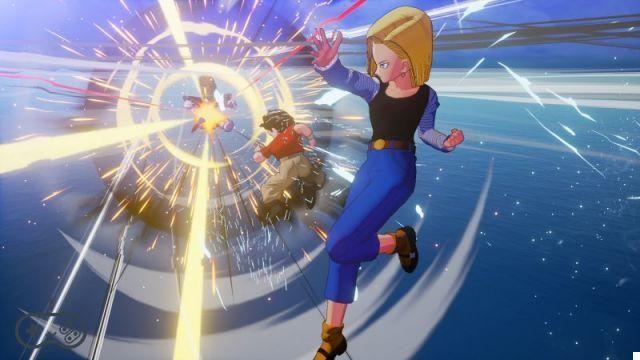
Not for this it is an exaggeratedly repetitive title and, indeed, there are several mechanics that influence the fights making them more varied also on a visual level, but not only. THE supporting characters, for example, they will keep us company during the clashes, helping us in different ways depending on the category to which they belong. We can order them to execute certain attacks, and exploit them with a minimum of strategy, or unleash devastating coordinated attacks that take the name of Combo Z. It's a simple but effective dynamic that helps make some fights even more memorable, although there is a reverse. of the important medal: the playable wrestlers are only a handful. We will often find ourselves checking Goku, Gohan, Vegetate and a few others while the lesser Z Warriors like Tenshinhan, Yamcha or Krillin will remain simple support characters throughout the game. It is a great pity, above all because some of them, Krillin in the first place, have a role of significant importance in the course of history which here becomes a simple intermission cinematic.
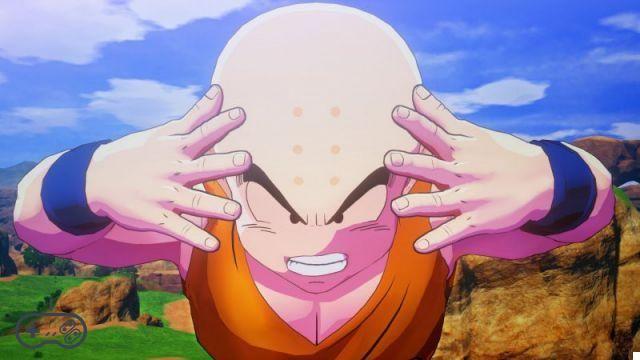
PlayStation 4 Trophies
The trophies are 42 in total: 28 bronze, 9 silver, 4 gold and 1 platinum. Some you will unlock automatically by completing the episodes of the campaign or carrying out secondary activities, perhaps cooking or upgrading the various characters. Others are more challenging and will force you to solve side stories or search all collectibles. Obviously you will have to fight a lot.
In conclusion...
In this sense, in short, Dragon Ball Z: Kakarot is what we could basically define a chain of boss fights interspersed with RPG sequences that sometimes extend even a little too much. Between one saga and another the so-called Intervals take place, moments of freedom in which the player can compose the group as he wishes, free from the constraints of history, and travel around the world in search of secondary stories or other challenges. Interval is the right time to collect Dragon Balls that regenerate every twenty minutes and that guarantee a wish: we can ask for Z Spheres or money to completely bypass the farm - which becomes important at high levels, when we have to unlock the most powerful and expensive special techniques - or we could ask Shenron to bring back in life an old upgraded boss to fight him again. Once the campaign is complete, these become the main extra content to face, as well as an interdimensional secret boss and the boundless Enciclopedia Z to be completed by finding collectibles all over the world.
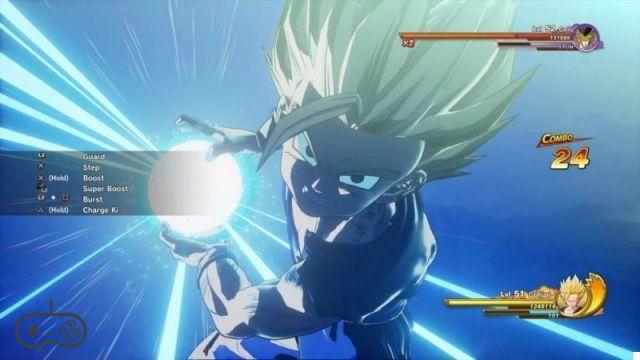
The Encyclopedia Z is practically the main clue that makes us understand how the game was designed especially for fans of Akira Toriyama and his work. Accessible from the main menu, this virtual book is a mine of information and data about the game and the universe of Dragon Ball that an enthusiast cannot help but appreciate. In this imaginary space, however, there is the contradiction of Dragon Ball Z: Kakarot, a title centered on fanservice that is aimed at those who know this story inside out. The repetitive structure of a poorly articulated campaign, burdened by long uploads and some dead time too much, will undoubtedly distance those who are less motivated to follow the story, because perhaps they remember every moment by heart or, quite simply, are not particularly interested in reliving it. To these players, whether they are fans or not, it is difficult to recommend Dragon Ball Z: Kakarot, but to all those who love to madness Goku and the Z Warriors we can safely suggest the purchase as they will not be disappointed.
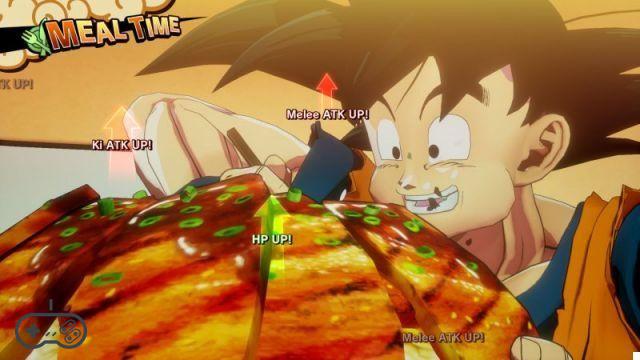
Comment
Tested version PlayStation 4 Resources4Gaming.com7.8
Readers (112)8.1
Your voteIf we start from the simple assumption that Dragon Ball Z: Kakarot is an action game with RPG elements that traces the history of the anime from start to finish, then we can say that CyberConnect2 has hit the target. As we have seen in the review, it is not a perfect title and there are various edges that should be filed in a possible revision, which could be a sequel inspired by Dragon Ball Super or a prequel focused on the adventures of child Goku, but it is undeniable that we are. in front of a product made with an immense affection towards the work of Akira Toriyama. The true fans who have not tired of reliving this story will appreciate it, net of its defects, by virtue of an immediate gameplay and an engaging spectacle. All the others, of course, carefully evaluate the purchase.
PRO
- Faithfully retraces the history of the anime
- The fights are fast-paced, immediate and spectacular
- Long-lived especially for lovers of collectibles
- Akira Toriyama's world has been reconstructed with great care
- RPG elements aren't particularly sophisticated but they work
- The camera often goes crazy and a corrective patch would be needed
- The objectives of the campaign and side stories are very repetitive
- We would have preferred a few more playable characters




